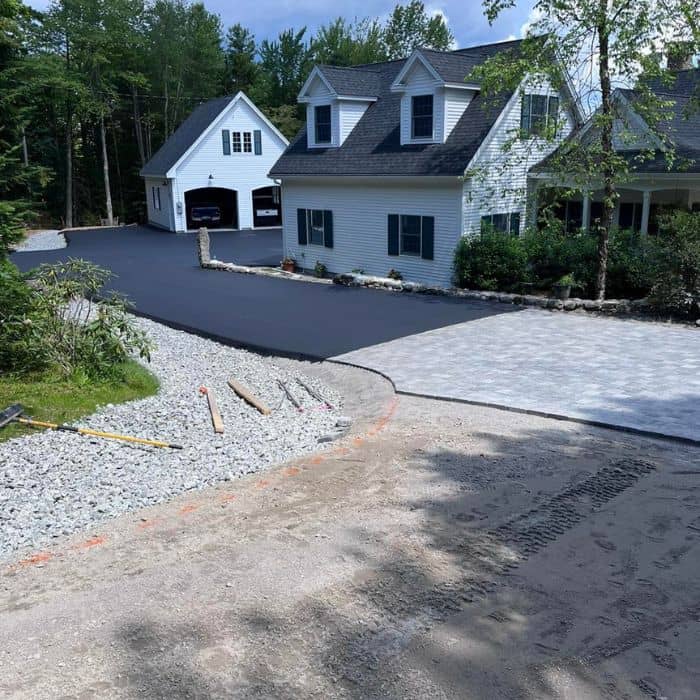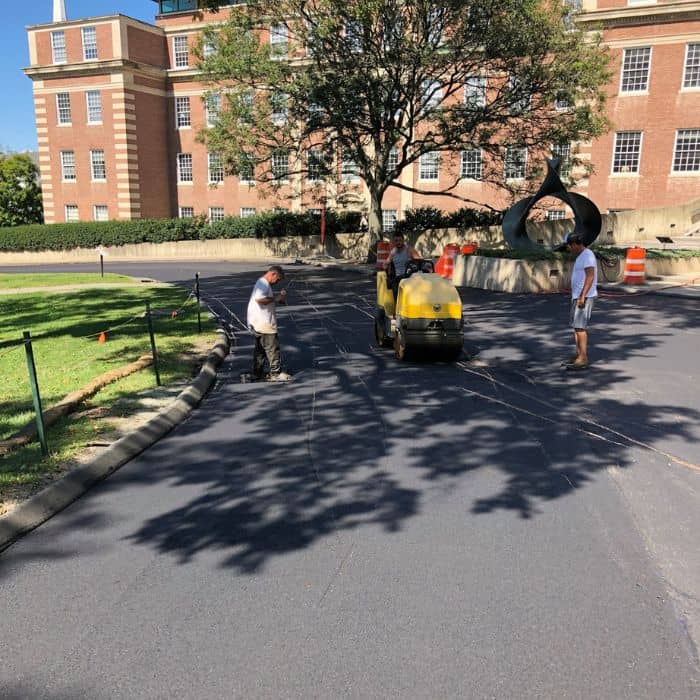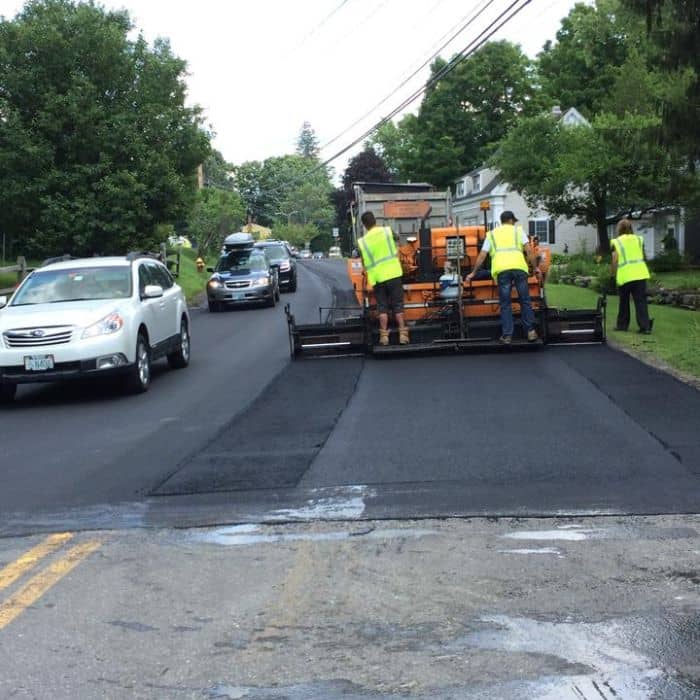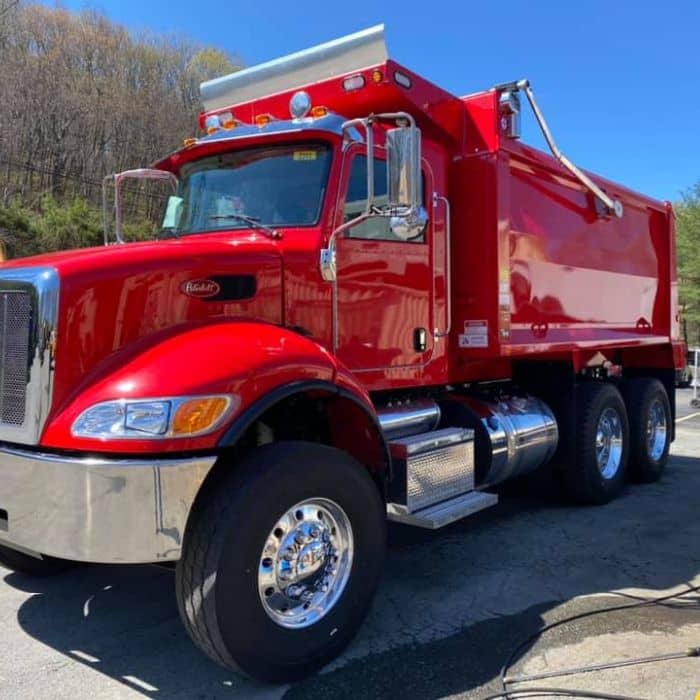
Rural infrastructure is the foundation of community growth, economic stability, and accessibility in Vermont. As the state continues to prioritize durable and environmentally responsible construction,paving in VT has undergone a significant transformation. Modern paving techniques now combine innovative materials, smart design, and sustainability-focused practices to ensure that even the most remote roads are built to last.
The focus has shifted from short-term repairs to long-term investments in quality and efficiency. This evolution is not only redefining the landscape of rural roads but also contributing to safer, more reliable travel for residents, businesses, and visitors alike.
The Evolution of Rural Road Construction
Historically, paving rural roads in Vermont relied heavily on traditional asphalt mixes and manual construction methods. However, the changing climate, traffic demands, and community expectations have made these older approaches less viable. Today, innovation is at the center of every new paving project.
Key factors influencing this evolution include:
- Climate Adaptation: Vermont’s freeze-thaw cycles and heavy snowfall demand flexible and resilient pavement materials that can withstand seasonal extremes.
- Sustainability Goals: With growing awareness of environmental impacts, contractors are adopting greener alternatives such as recycled asphalt and porous pavements.
- Economic Efficiency: Modern paving technologies enable faster installations with lower long-term maintenance costs, helping rural communities maximize their budgets.
The state’s commitment to better roadways is evident in the partnerships between municipalities, private contractors, and transportation agencies, ensuring that new paving projects align with local and regional development goals.
Innovative Techniques Reshaping Paving Projects
Modern paving in Vermont leverages advanced construction techniques and technology to improve performance and extend road lifespan. These methods focus on efficiency, durability, and adaptability to rural conditions.
1. Cold-In-Place Recycling (CIR)
This sustainable approach reuses existing pavement material on-site. Instead of removing and replacing old asphalt, contractors mill and mix it with stabilizing agents to create a new, high-quality surface layer.
Advantages include:
- Reduced material waste and hauling costs
- Lower carbon emissions
- Faster completion time for rural projects
2. Warm-Mix Asphalt (WMA)
WMA technology lowers the temperature required to produce and apply asphalt, saving energy and reducing emissions. It also improves workability, allowing projects to be completed in cooler weather — a crucial benefit for Vermont’s short paving season.
3. Geosynthetic Reinforcement
Geosynthetic materials, such as geogrids and fabrics, are increasingly used beneath asphalt layers to enhance strength and prevent cracking. These materials distribute loads more evenly, providing better performance on rural roads with limited maintenance access.
By combining these innovative practices, Vermont’s paving professionals are setting new standards for quality and sustainability in rural road construction.
Sustainability and Environmental Stewardship
Environmental responsibility is now integral to every paving project in Vermont. Rural areas, often surrounded by natural landscapes and water bodies, require careful management of runoff, materials, and waste. Sustainable paving not only improves road longevity but also protects local ecosystems.
Some of the most effective eco-friendly approaches include:
- Permeable Pavements: Allow stormwater to filter naturally through the surface, reducing erosion and groundwater contamination.
- Recycled Asphalt Pavement (RAP): Incorporates reclaimed materials from old roads, conserving resources and minimizing landfill waste.
- Locally Sourced Materials: Using aggregates and binders from nearby quarries or suppliers lowers transportation emissions.
- Energy-Efficient Equipment: Modern paving machinery is designed to consume less fuel while maintaining high precision and quality.
Together, these methods ensure that Vermont’s rural road networks remain both functional and environmentally sound. The result is infrastructure that supports long-term community growth while preserving the state’s natural beauty.
The Role of Smart Planning and Technology
Technology has become a cornerstone of modern paving in rural regions. Advanced tools such as GPS-guided equipment, digital mapping, and remote monitoring systems have streamlined project management and execution.
Benefits of Technology Integration:
- Enhanced Precision: GPS-controlled pavers ensure even asphalt distribution, reducing material waste.
- Improved Safety: Automated systems help crews maintain accurate distances and alignment, minimizing on-site risks.
- Predictive Maintenance: Data collected during paving can predict wear patterns, allowing for proactive maintenance and budget planning.
- Transparent Oversight: Digital reporting tools allow municipalities to track progress and quality in real time.
The integration of these technologies has significantly improved the reliability and consistency of rural paving projects, even in remote and geographically challenging areas.
Economic and Community Impact
Beyond road quality, modern paving techniques bring measurable economic and social benefits to rural Vermont. Upgraded infrastructure directly supports agriculture, tourism, logistics, and residential development — sectors that rely heavily on dependable road access.
Key community benefits include:
- Increased Property Values: Well-maintained roads enhance neighborhood appeal and real estate value.
- Improved Safety: Smoother, well-marked surfaces reduce accident risks, especially during winter months.
- Business Accessibility: Reliable rural roads support local commerce, connecting producers with regional markets.
- Reduced Maintenance Burden: Advanced materials and designs lower the frequency and cost of future repairs.
These advantages demonstrate that investing in modern paving is not just about road quality — it’s about fostering resilient, connected, and prosperous communities.
Overcoming Challenges in Rural Paving
Rural paving projects in Vermont face distinct challenges that demand specialized strategies. Terrain variability, limited budgets, and weather fluctuations all require flexibility and innovation.
Common challenges include:
- Steep gradients and narrow roads that limit equipment access
- Seasonal restrictions due to freezing temperatures
- High moisture levels that impact base stability
- Limited funding for ongoing maintenance
Strategic solutions involve:
- Conducting detailed pre-construction surveys to identify weak points
- Using modular paving systems for quicker installation
- Scheduling work around local weather patterns for optimal results
- Partnering with experienced contractors who understand Vermont’s topography and climate conditions
Addressing these challenges ensures that rural roads are not only built to specification but also engineered for longevity and performance.
The Road Ahead for Rural Paving in Vermont
As technology continues to evolve and sustainability becomes a universal priority, Vermont’s paving industry is poised for further transformation. The integration of smart materials, renewable energy, and automated construction will continue to redefine how rural roads are designed and maintained.
Future trends likely to shape rural paving include:
- Smart Road Materials: Self-healing asphalt and sensor-embedded pavements for real-time monitoring.
- Electric-Powered Equipment: Reducing dependence on fossil fuels and lowering operational emissions.
- AI-Driven Project Management: Using artificial intelligence to optimize scheduling, cost, and resource allocation.
These innovations will further strengthen Vermont’s position as a model for sustainable and resilient rural infrastructure.
Conclusion
Vermont’s rural roads are no longer defined by outdated construction methods or quick fixes. Through advanced engineering, sustainability initiatives, and digital innovation, paving in VT has evolved into a model of progress and resilience. Each project now reflects a careful balance of performance, cost-efficiency, and environmental care — values deeply aligned with the state’s commitment to quality infrastructure.
As other regions look to replicate Vermont’s success, the importance of partnering with experts who understand regional conditions becomes clear. Whether improving access for communities or supporting local economies, professionalpaving services in Hillsborough County and similar regional efforts exemplify the future of infrastructure — durable, efficient, and forward-thinking.








